Publications on Young Key Populations
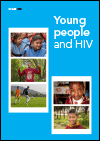
Resource | Publications,
Two out of every seven new HIV infections globally in 2019 were among young people (15–24 years). Additional efforts need to be made to address the structural factors that increase the vulnerability of adolescent girls, young women and young key populations and their risk of acquiring HIV, such as gender inequalities, gender-based violence, poverty, stigma and discrimination, and insufficient implementation of comprehensive sexuality education programmes.
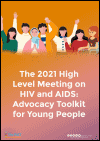
Resource | Publications,
The HLM Youth Guide has been developed by The PACT and UNAIDS to provide young people with information and guidance on what is and how to engage in the High-Level Meeting on HIV & AIDS that will take place from 8-10 June at the United Nations General Assembly. The intended audience of this Guide are young activists and youth-led organizations working on HIV and SRHR at all levels of the response, especially those key populations most affected by HIV.
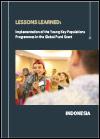
Resource | Publications,
This study generated several key findings. Based on the success of YKP's programme conducted in Bandung, Inti Muda* and Lolipop partners successfully proposed four activities for YKPs under the Global Fund grant. Those activities are peer educator training, IEC media workshop, training youth-friendly services for services provider, and quarterly coordination meeting implemented in Denpasar, Surabaya, and West Jakarta.
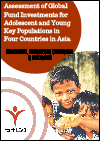
Resource | Publications,
Studies, research and assessment for knowledge generation and evidence-based advocacy have been one of the strengths of the project. It has produced the regional manual for capacity development of young key populations, regional guidance note for CCM, principle recipients to effectively integrate the issues of young key populations in implementation and documentation of the best practice on engagement. Global Fund has recently accomplished its replenishment target of 12.9 b USD and countries have begun to prepare for the concept note development, which is now termed as Funding Request.
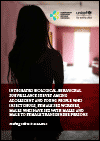
Resource | Publications,
Indonesia has a large population and is one of the top three countries, after Philippines and Myanmar, to have the highest rate of new HIV infections. Adolescent (15-19 years old) and young (20-24 years old) (AY) key populations (KP), including people who inject drugs (PWID), female sex workers (FSW), males who have sex with males (MSM) and transgender persons (TG), are extremely vulnerable to HIV transmission. However, very little is known about their socio-demographic characteristics, sexual risks, access to services, HIV transmission knowledge and perceived risk and HIV prevalence.
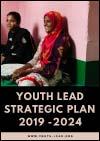
Resource | Publications,
In the strategic plan you will find detailed information on the strategic development process. Throughout the strategic plan development process Youth LEAD has been able to identify five key priorities that address the needs of YKPs and AKPs. Additionally, you will see in this report how Youth LEAD’s efforts will align with other global strategies, with the Sustainable Development Goals, The Global Fund and UNAIDS priorities.
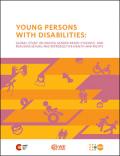
Global Study on Ending Gender-based Violence and Realizing Sexual and Reproductive Health and Rights
Resource | Publications,
This study provides an analysis on the situation of young persons with disabilities concerning discrimination and gender-based violence, including the impact on their sexual and reproductive health and rights.
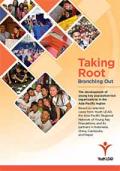
Resource | Publications,
This report attempts to capture the development phase of young key population-led organizations as selected among Youth LEAD’s focal points largely funded as the sub-grantees of the Robert Carr civil society Networks Fund (RCNF), observe the varying levels of success of this process, and identify common elements and challenges.






